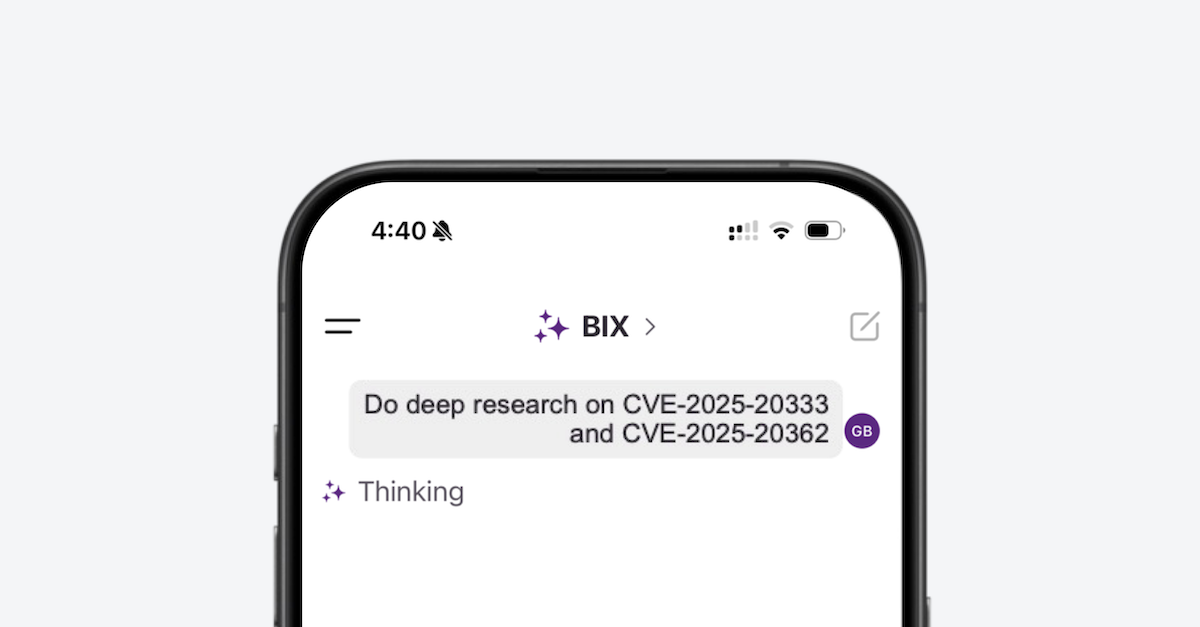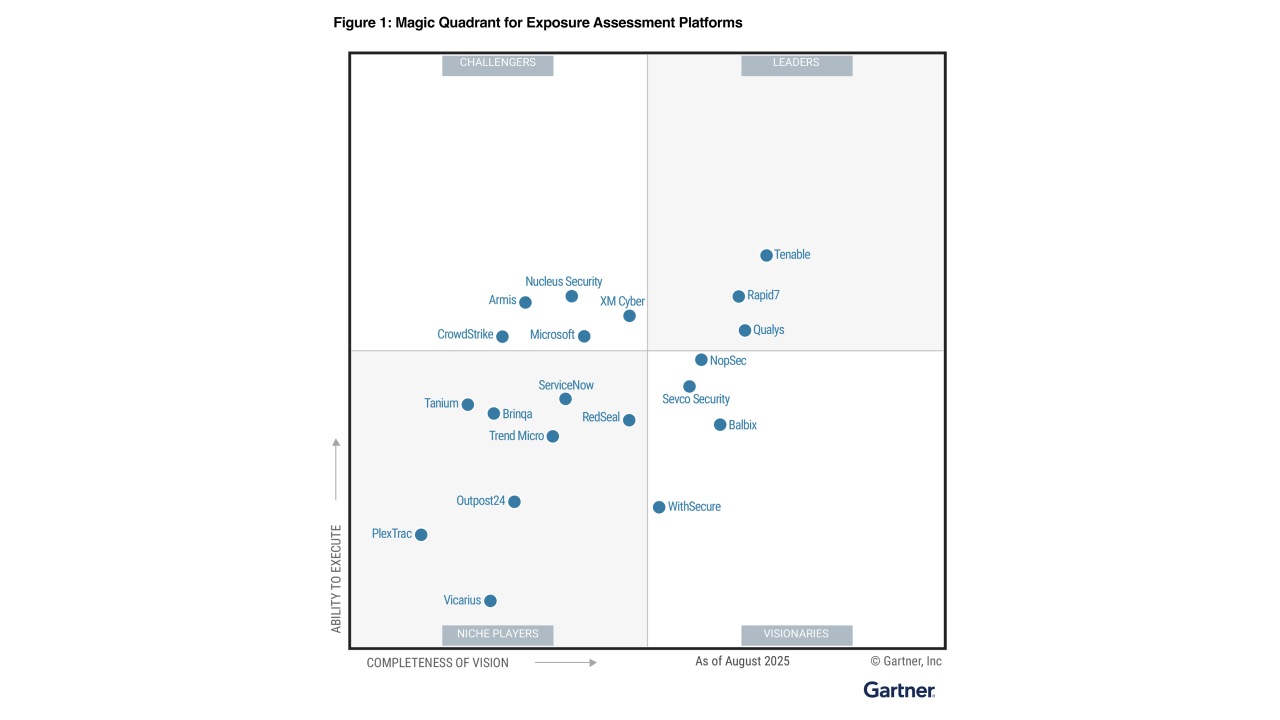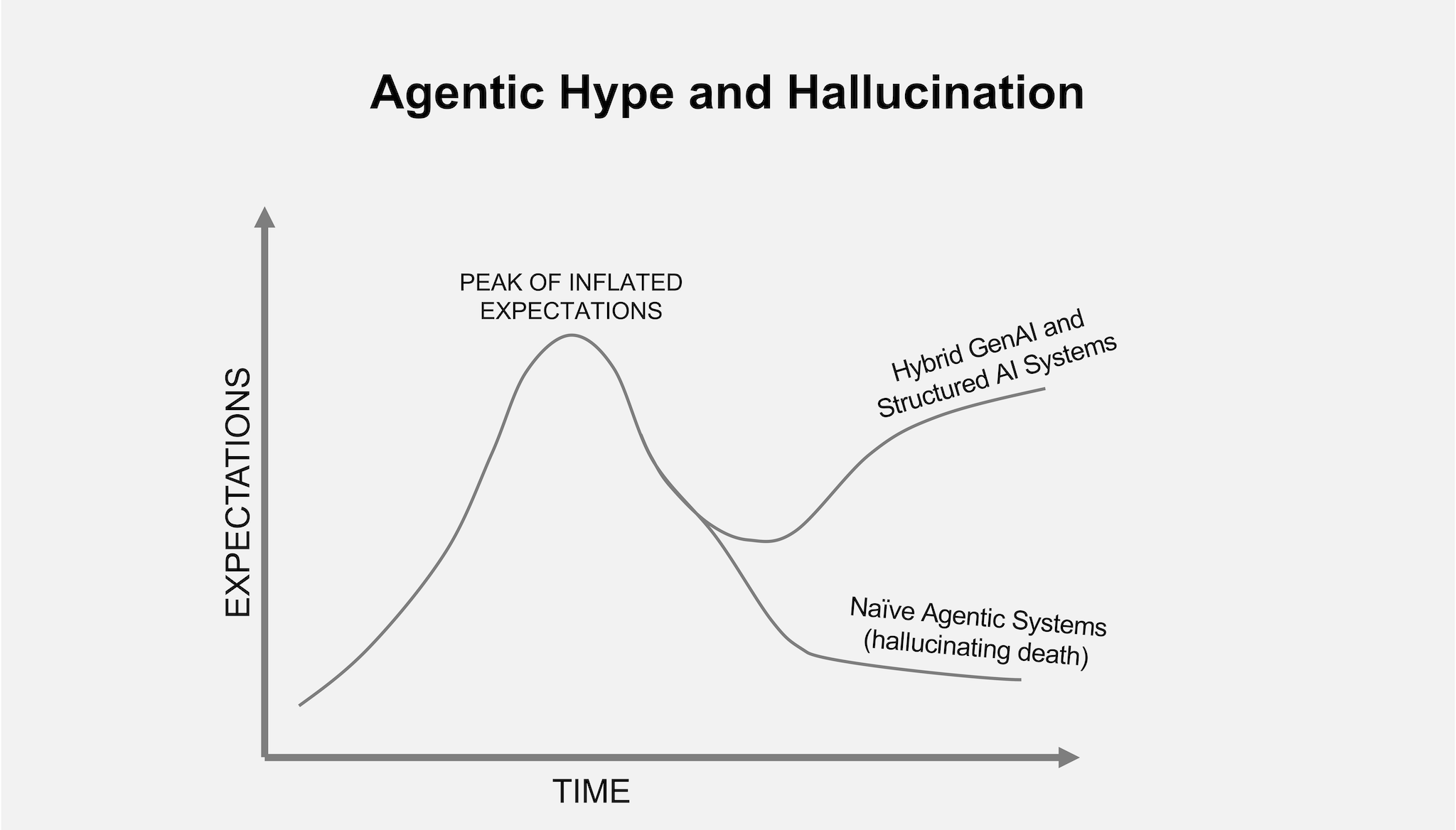Today’s security operations centers (SOCs) face relentless challenges. Alert fatigue is reaching unprecedented levels, tool sprawl complicates workflows, and slow response times can leave organizations vulnerable to breaches. For security teams to stay ahead, integrated detection and response capabilities are no longer optional but essential.
Enter SIEM, SOAR, and XDR. These tools have revolutionized how organizations handle detection, automation, and response. Each offers distinct capabilities that complement one another when effectively combined.
This guide explains how SIEM, SOAR, and XDR function individually and work together to fortify modern security architectures, helping your team achieve greater efficiency and resilience.
Understanding the Core Capabilities of SIEM, SOAR, and XDR
Understanding these tools’ fundamental roles and limitations is critical to unlocking their potential. Here’s a breakdown of each solution.
SIEM (Security Information and Event Management)
SIEM is the backbone of security operations, centralizing data and enabling monitoring across diverse IT environments.
Capabilities
- Aggregates and normalizes log data from diverse sources like firewalls, endpoints, and cloud platforms.
- It provides real-time correlation and alerts for potential threats.
- Retains logs for compliance and forensic analysis.
- Modern SIEM platforms often embed UEBA and ML-driven analytics to detect unknown threats and reduce false positives.
Limitations
- Relies on rule-based detection, which can struggle with novel or advanced threats.
- Lacks native response automation, increasing reliance on other tools for follow-up actions.
Read more about SIEM in our in-depth article.
SOAR (Security Orchestration, Automation, and Response)
SOAR is the enabler of automation within the SOC, designed to streamline repetitive tasks and orchestrate incident response.
Capabilities
- Automates workflows like ticketing, threat enrichment, and containment.
- Uses predefined playbooks to standardize incident response processes effectively.
- Integrates with a wide range of tools, such as SIEMs, firewalls, and ticketing systems.
Limitations
- Requires well-defined alerts and structured inputs to operate effectively.
- Demands significant initial setup and regular tuning to remain effective.
Read more about SOAR in our in-depth article.
XDR (Extended Detection and Response)
XDR is the next evolutionary step in detection and response, consolidating telemetry across attack vectors into a unified system.
Capabilities
- Provides visibility across endpoints, networks, cloud, and identity in a unified dashboard.
- Uses advanced correlation and analytics to detect complex threats in real time.
- Delivers native response actions, such as isolating endpoints or revoking compromised credentials.
Limitations
- Often tied to a vendor ecosystem, potentially limiting cross-platform flexibility.
- Can overlap with existing SIEM and SOAR capabilities, adding complexity to tooling decisions.
- XDR solutions may still face challenges in ingesting cloud/SaaS logs and providing long-term compliance reporting.
Read more about XDR in our in-depth article.
Comparing SIEM, SOAR, and XDR
To better understand their roles, here’s a quick feature comparison:
| Feature | SIEM | SOAR | XDR |
| Primary Function | Log aggregation and correlation | Automation and orchestration | Integrated detection and response |
| Data Sources | Broad, unstructured logs | Depends on SIEM/XDR input | Native telemetry from EDR, NDR, cloud |
| Deployment | On-prem or cloud | Layers on SIEM or XDR | Vendor-native or hybrid |
| Output | Alerts, dashboards | Automated actions, case management | Context-rich detections, automated containment |
Working Together in the SOC
SIEM, SOAR, and XDR’s real power lies in integrating and complementing one another, forming a cohesive detection and response strategy.
Detection Flow
- SIEM ingests logs from various sources, normalizing and correlating data into actionable alerts.
- SOAR receives these alerts, automating workflows like threat enrichment or ticket creation.
- XDR, with its native telemetry, can detect advanced threats that bypass traditional systems, complementing SIEM functionality.
Response Flow
- A SIEM alert triggers a SOAR playbook to automate containment actions.
- XDR bypasses SIEM/SOAR for real-time response within its native ecosystem, such as isolating endpoints and blocking malicious traffic.
- SOAR serves as the bridge, coordinating responses across disparate tools and ensuring that all systems work harmoniously.
Example Use Case
Consider a credential theft scenario:
- SIEM flags unusual login activities from multiple geographies.
- SOAR enriches the alert with threat intelligence, disables the user account, and opens a ticket in the incident management platform.
- XDR isolates the compromised endpoint and blocks outbound traffic to the attacker’s command-and-control server.
Choosing the Optimal Architecture
Whether to deploy SIEM, SOAR, XDR, or a combination depends on your organization’s needs.
When to Use SIEM + SOAR + XDR Together
- Large enterprises with extensive networks and regulatory requirements often benefit most from leveraging all three systems.
- These tools can handle the immense data volumes, automate complex workflows, and offer comprehensive detection spanning multiple attack vectors.
When to Use XDR Alone
- SMBs or lean security teams often favor XDR due to its simplicity and ability to operate as a standalone detection and response solution.
Hybrid Approaches
- Some organizations pair SIEM + XDR to combine broad log collection with advanced detection.
- Others prefer XDR + lightweight SOAR for simpler automation and native orchestration without the setup overhead of a full-scale SOAR platform.
Challenges and Considerations
While integrating SIEM, SOAR, and XDR offers immense potential, it’s not without its challenges.
- Alert Volume: Overlaps in alerting can lead to information overload, requiring careful deduplication and prioritization.
- Data Normalization: Disparate systems may require significant effort to normalize data for accurate correlation.
- Integration Complexity: Combining tools from different vendors introduces compatibility issues, increasing the risk of vendor lock-in.
- Skill Gaps: Effectively deploying and managing these tools requires skilled security engineers, which can be a hurdle for resource-constrained teams.
Taking the Next Step Toward Integration
Integrating SIEM, SOAR, and XDR isn’t about redundancy—it’s about creating a layered, adaptive defense that leverages each tool’s strengths. Together, they transform disjointed security operations into a cohesive detection and response engine built for modern threats.
But even with this integration, one key element is often missing: risk context.
This is where platforms like Balbix come in. By continuously analyzing your attack surface, asset exposures, and vulnerabilities, Balbix provides the risk-based prioritization that SIEM, SOAR, and XDR need to act effectively. It helps teams focus response efforts on what truly matters—assets and threats that pose the highest business risk.
Balbix doesn’t replace your detection stack—it makes it smarter. AI-powered exposure management and continuous risk quantification complement your existing tools by informing detection logic, automating prioritization, and accelerating recovery.
To determine the best architecture for your SOC, start by evaluating not just your detection and response maturity but also your visibility into what’s exposed and what’s at risk.
Frequently Asked Questions
- What is the difference between SIEM, SOAR, and XDR in cybersecurity?
-
SIEM, SOAR, and XDR serve different but complementary roles in modern security operations:
- SIEM (Security Information and Event Management) collects, correlates, and analyzes log data to detect potential threats.
- SOAR (Security Orchestration, Automation, and Response) automates repetitive tasks and incident response workflows using playbooks.
- XDR (Extended Detection and Response) unifies threat detection and response across endpoints, networks, cloud, and identity sources, often with built-in analytics and remediation capabilities.
- SIEM (Security Information and Event Management) collects, correlates, and analyzes log data to detect potential threats.
- How do SIEM, SOAR, and XDR work together in a SOC?
-
In a Security Operations Center (SOC), SIEM, SOAR, and XDR work together to form a layered detection and response strategy:
- SIEM ingests and correlates logs to generate alerts.
- SOAR receives those alerts, enriches them with threat intelligence, and triggers automated response workflows.
- XDR provides real-time visibility and native response actions across various attack surfaces.
- SIEM ingests and correlates logs to generate alerts.
- What are the main challenges of integrating SIEM, SOAR, and XDR?
-
Integrating SIEM, SOAR, and XDR can deliver powerful outcomes, but also comes with challenges:
- Alert overload from overlapping detections.
- Data normalization issues across different platforms.
- Tool compatibility and potential vendor lock-in.
- Skills gaps in deploying and tuning complex workflows.
Mitigating these requires careful planning, well-defined use cases, and often, a platform like Balbix to prioritize and contextualize risk. - Alert overload from overlapping detections.
- How does risk-based context improve SIEM, SOAR, and XDR performance?
-
Adding risk-based context helps security teams prioritize what matters most. Platforms like Balbix integrate with SIEM, SOAR, and XDR to assess asset exposures, quantify risk, and guide response actions. This ensures teams don’t just respond to alerts but focus on high-impact threats that pose the most significant business risk, improving security posture and operational efficiency.


